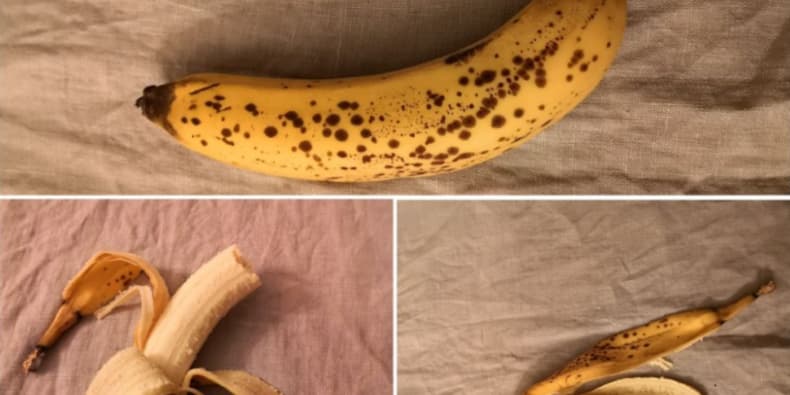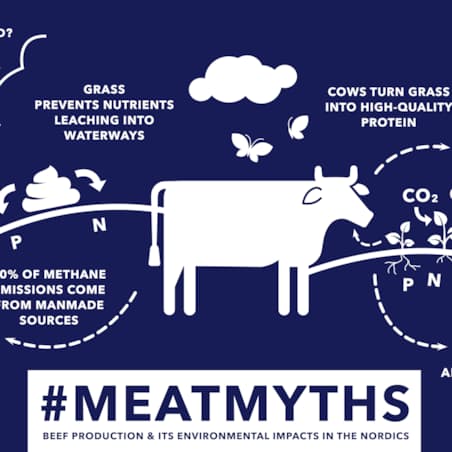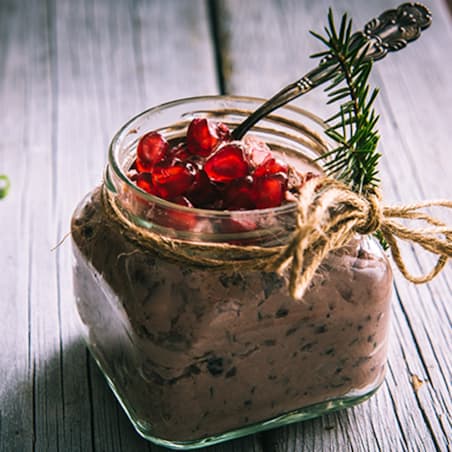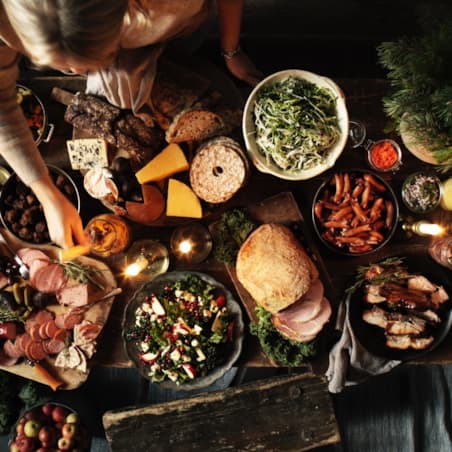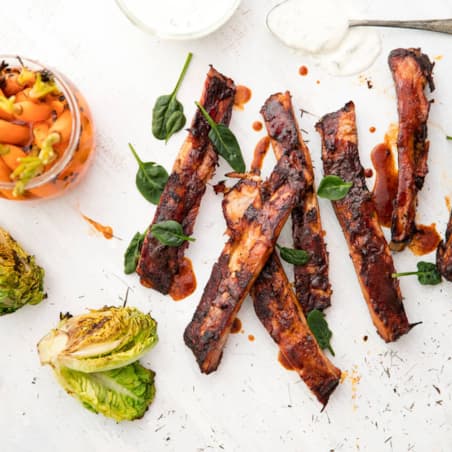Almost half of the households’ waste food - even though people want to improve their habits.
Magazines are filled with articles about food waste and how to avoid it. Simple answer is: remember that food’s place is in the stomach, not in the garbage bin.
From an environmental point of view, throwing food into the trash is the ultimate waste. Then you throw away work from the whole value chain, from farm to fork.
There are plenty of possibilities to decrease food waste also outside our home kitchen. In the grocery store you can hunt for discount products, especially if you know you are going to use the food soon. Also, it is worth to choose ugly foods, that are easily left on the shelves. Vegetables end up most often to waste, so give a chance to an ugly carrot -it contains as much vitamins and other nutrients as the champion one.
When comparing different foods, meat is most seldom thrown into waste. Still, even with meat, it is good to think before shopping what and how much you are going to need it. Small packages are worth considering - most of the consumers are willing to accept disreputable plastic when you know it can prevent food waste. Environmentally, if you throw one slice of cold cut into the bin, it has a bigger environmental burden than all the materials, manufacturing and waste management used for its package together.
How to rescue food?
You can even save food waste with different phone apps. They give tips about affordable portions in nearby restaurants that would otherwise go to waste. Some restaurants even use leftover food to create menus and there are grocery stores that sell only food where best before dates are close. In addition, some neighbourhoods are collecting food to common fridges, where anyone can leave food for others to salvage.
There are many food waste rescuers and that is great. However, the goal should be that there would be no food waste at all. In our busy everyday life, we should remember that food is not for wasting - the only place you should throw it, is your mouth.
Soile Käkönen
Nutrition Expert at HKScan


